Communication is the heart of all human interactions and the media is like the blood pumping all the necessary ideas and expressions.
Media provides the essential link between the individual and the demands of the technological society.
-Jacques Ellul
We as individuals view hundreds of advertisement each day. Digging through that phone and eyes glued to those tabs. People like us have produced a substantial rise in marketing tactics.
Marketing tactics such as social media, videos, search engine optimization, mobile paid media, and marketing of the emails have simulated the need for good quality content. What our minds’ decide to pay attention to depends on the interest and how compelling the advertisement or piece of content is.
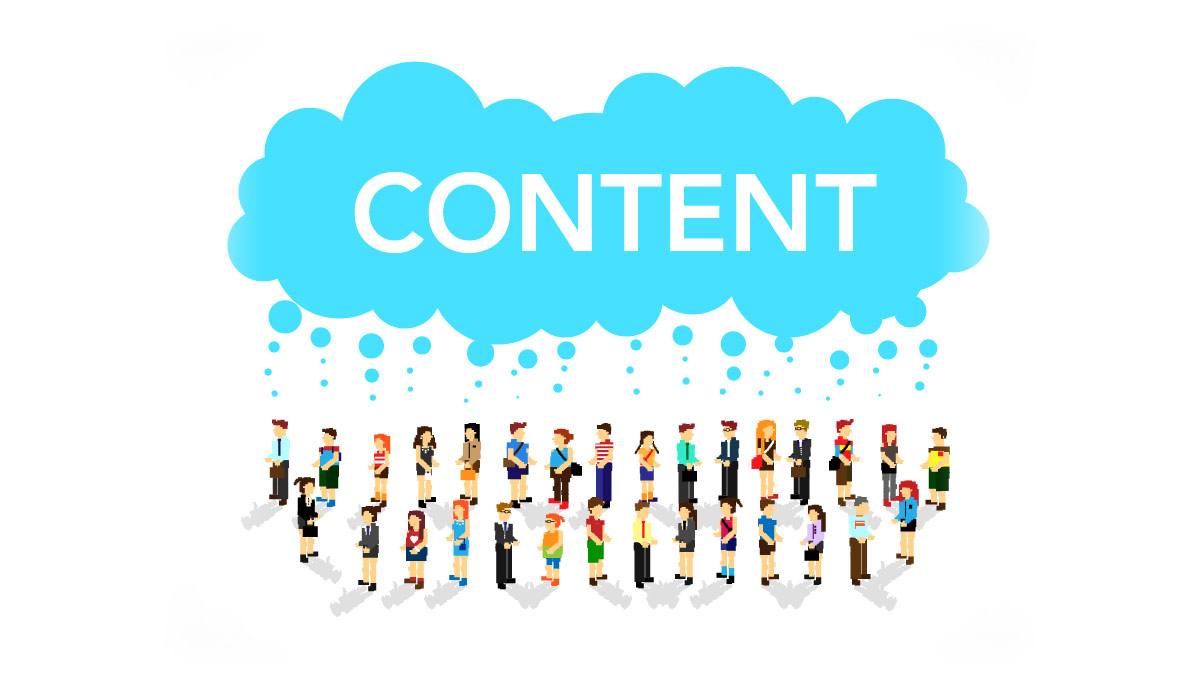
It is necessary for organizations to realize their target persona, and serve up content that will bust through the clutter and hit homes with their customer.
Drupal Media can serve up this task beautifully and can do almost anything by gracefully blending digital assets in it.
You ask how?
I say - let’s find out!
The Evolution of Media Management in Drupal 8
| Drupal 8 Versions | When was it introduced? | What was offered? |
| Drupal 8.2 | 5th October 2006 | Basic out-of-the-box media handling |
| Drupal 8.3 | 6th April 2017 | This brought enhanced media handling in Drupal 8. Migrating Drupal 7 File Entities to Drupal 8 Media Entities |
| Drupal 8.4 | 4th October 2017 | Introduction of a new Media API to the core. For site builders, Drupal 8.4 ships with the new media module i.e base media entity |
| Drupal 8.5 | 7th March 2018 | Supported remote video using the oEmbed format. |
| Drupal 8.6 | 7th November 2018 | For the content creator, richer image and media integration and digital asset management. |
Media Type and Best Solutions to Handle Them
Media type as we know has been generally categorized with the data content such as an application, audio content, image text message, a video stream and so on. Media type conveys the applications that in return tell them what type of application is needed for the process. Media Types like Pictures, graphics, icons, video are handled beautifully with the help of Drupal modules.
Media types can be handled with the help of some practices :
- Media Module Maintenance
Modules maintenance in Drupal can be achieved with the help of distinct features and functionalities. Status report screen (which checks a variety of issues), cron (that automates the task of a website in “N” hour), caching and deployment, are some of the pieces to the whole module maintenance picture.
Media module provides a “base” entity for assets. This allows users to standardize Drupal site interactions with media resources. Local files, images, youtube video, tweets can be treated with the help of a media module.
- Building Distributions
If you are setting up a Drupal site then it would typically mean being involved in downloading and configuring various contributed modules (media and non-media). To make the whole process easier there are a variety of “Pre-configured” versions of Drupal that can be downloaded and used for a specific site. These pre-configured versions of Drupal are called distributions. With these “full-featured” distributions you can easily and quickly set up a site for the specialized purpose.
- Site Building
Drupal 8 comes with the most popular text editor modules and image uploader modules. These both provide the users with basic HTML controls and the power to edit the content. Text editor modules like paragraphs grant the user with a cleaner data structure. The scope of making mistakes is next to null due to the module known as the environmental indicator that helps in correcting mistakes.
- Custom Development
Drupal is a collection of modules and distribution. With more and more organizations looking to build an engaging digital experience for their stakeholders, the Drupal CMS has made custom developments in its platform. The version brings significant changes in modules that help in better user experience and efficiency of the website.
Media expectations as a content author and Site Builders
State of Drupal 2016 survey which 2,900 people attended and participated in got the top two most requested features in terms of content creator persona.
The top two features which were adequately demanded were
- Richer media
- Media integration
Thus, “media initiative” for Drupal 8 was introduced that provided with extensible base functionalities. For the media handling in the core the support of the reusable assets, media browsing, remote video with the extensible cleanliness of contributed modules were made.
In Drupal 7 the media module was jam-packed with many functionalities. Now in Drupal 8 it has been recreated and introduced into separate modules. The three major modules which beautifully handles the media entities are named as:
Media Entity
To store media assets, media entity modules were introduced. This module provides a base entity for the media, a very basic entity which refers to all kinds of media objects. Media entity also presented a relation between Drupal and media resource.
Entity Embed
WYSIWYG embed support(within the text area) is allowed by the entity embed module in Drupal 8. The core consists of an editor and a filter module. This module allows a site builder to construct a button which leads an editor with the text area, hence the name “entity embed”.
Entity Browser
The entity browser module provides flexible and generic entity browsing and selection tools. It can be used in any context where one needs to select a number of entities and do something with them. The inline entity also provided with the integration of the media.
Site builders want that every type of media usage should be easily tracked and be presented to them. These three modules help them in achieving this task.
Third Party integrations for media solutions
DAM (Digital Asset Media)
A digital asset is any text or media that is formatted into a binary source and includes the right to use it. All the digital files that do not include this right are not considered digital assets. Digital assets are categorized into images and multimedia, called media assets, and textual content and the management of these types of assets is known as Digital Asset Management. Modules like Acquia DAM, Bynder, integration module, EMBridge, S3 file sync, Q bank, Asset Bank, Media Valet, Elvis contribute to the integration of DAM and Drupal media.
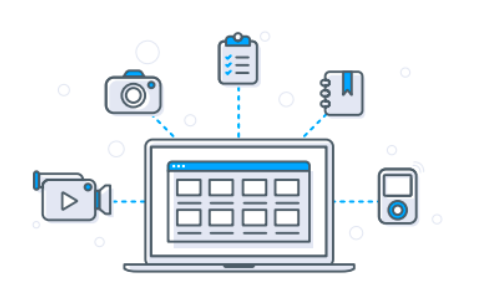
CDN (content delivery network)
CDN is a globally distributed network of proxy servers. It integrates offload static assets like images, videos, CSS and JS.
CDN like Cloudflare offers image compression and is great for content delivery network services. CDN provides several advantages over serving the traffic directly:
- Assets can be cached in a proxy which is geographically closer to the end users that usually leads to high download speed.
- Each page response is shared with the origin server and the CDN.
- Some of the CDN’s provides with page optimization service which further enhances the performance and also the user experience.
To make the integration easier Drupal has a CDN module that would help in speeding up the process and make it more agile.
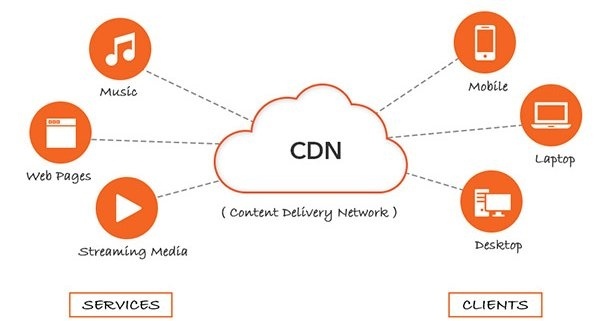
External Storage
It is not uncommon for large files and folders to get into the way of website speed. Large files are not usually cached resulting in every request to load the website slow. Drupal modules like the S3 file system, storage API, AmazonS3 contributes highly to integrate external storage. These modules manage the storage and the files in its API by providing an additional file system to your Drupal sites.

Infrastructure
One of the most prominent examples of integrating infrastructure is Cloudflare. It is one of the biggest networks operating on the Internet. People use Cloudflare services for the purposes of increasing the security and performance of their websites.
A number of various solutions implemented at customers' facilities are rather large today. Often the subsystems of seemingly unified IT landscape are either loosely connected to each other or the interaction between them is ensured by file and data transfer via e-mail or from hand to hand.
When content becomes media
Content on your website would start acting like media because let’s face it the content repository or the content that is stored in the database of the digital content is an association set of data management, search and access method allowing accessing of content. It includes
Content Pooling
Content pooling involves the storing of the learning material in form of objects, meta-data as well as the relation which is there between them. It is the grouping up of the resources together (assets, resources etc) of the purpose of maximizing profit and minimizing risks, content pooling is done.
Content Syndication
Content Syndication is the building up of a suite of Drupal site that needs a way to consume content from a central Drupal source. The CMS provides a number of splendid tools to simplify content creation and moderation. The users can create content once and make it available everywhere. Push content and media items at any sites to publish them on any targeted remote site.
Deploy
This module of Drupal 8 allows the user to easily stage and preview content on all Drupal sites. It automatically manages dependencies between entities and is specially designed for rich API which can easily be extended.
Contenta CMS
The main agenda of Contenta CMS was to make the content happy. It is a community-driven API first distribution for Drupal 8 which provides users with a standard platform alongside the content. Contenta CMS is all about easing the pain of its users. It builds decoupled applications and websites.
Beyond version 8
Drupal 8 was launched without the support of the media library. Thus, the addition of the media library is planned to be launched in Drupal 8. The developers have been currently working on adding a media library to Drupal 8 so that the content authors can select pre-existing media from a library and easily embed them in their posts. Once the media library becomes stable, the content authors can deprecate the use of the old file upload functionality and make the new media library the default experience.
Instead of working on Drupal 9 as a separate code base, it is planned to be launched in Drupal 8 which means that new functionalities are being added on the backward compatibility code along with the experimental features. For contributed module authors, Drupal 9 is working on compatibilities (Before the release of Drupal 9 the users are allowed to update their media module for the new media library)
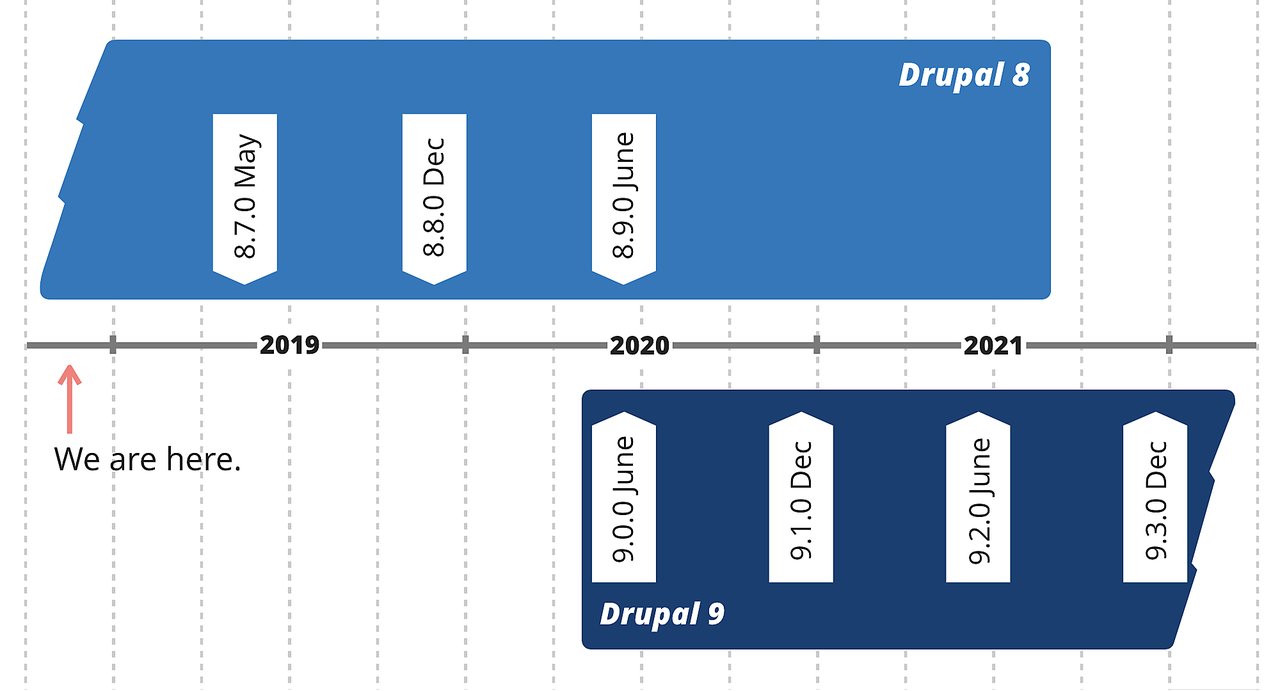
Conclusion
As the world is getting more and more involved in the act of media, the need for handling it has become really important.
Media is important because it allows the people to transmit information to a larger audience, over a greater length of time. The importance of the media today is immense. Never before in mankind's history have the media had such an influence.
Yes, Drupal has come a long way in this sector. Contact us on [email protected] to know more about the media handling in your Drupal sites and the services which are provided by us.
Subscribe
Related Blogs
Drupal Debug: Effective Techniques And Tools
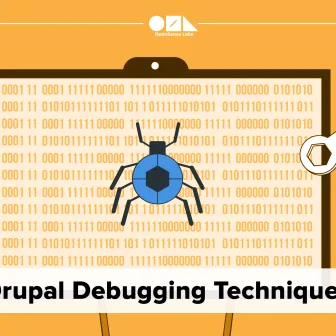
Today, we will discuss how to do Drupal Debug. This means getting the tools and methods to turn complex issues into workable…
Drupal SDC v/s Storybook: What’s The Difference?
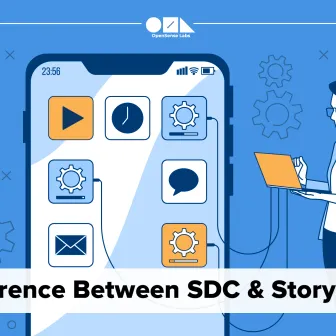
One helps you set up your UI components, and the other allows you to work with them. we are exploring Single Directory…
Starshot: Drupal’s New CMS Initiative
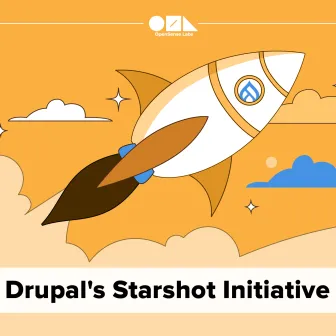
The Drupal community is excited about the Drupal Starshot project, which aims to update and improve the Drupal experience…



